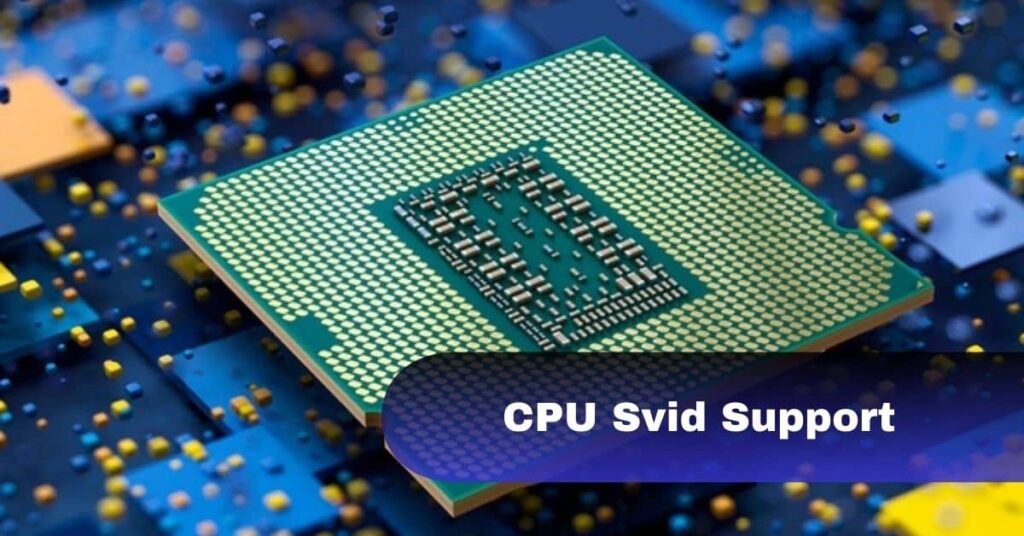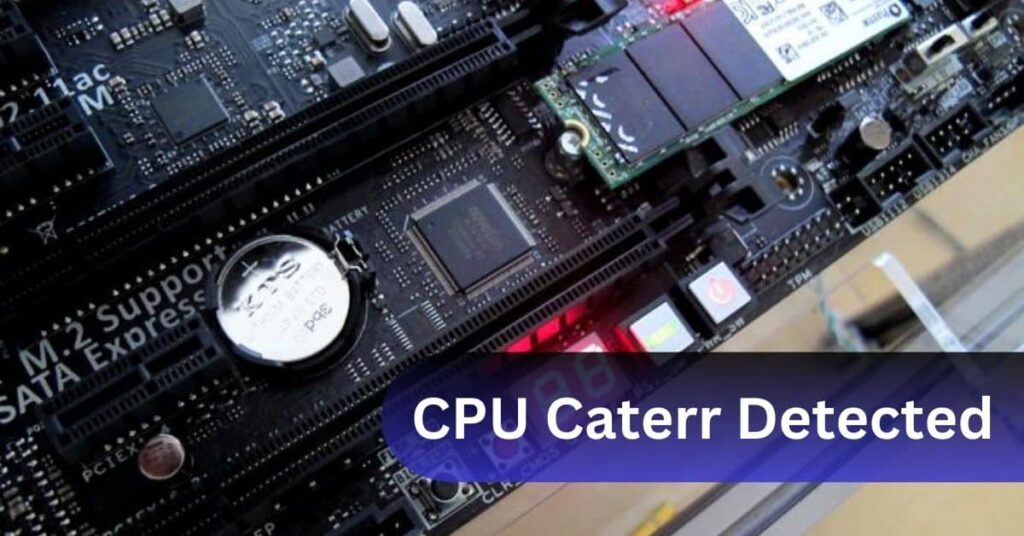No, reinstalling Windows is not always necessary when upgrading your CPU. Windows can often adapt to the new hardware without requiring a fresh installation.
However, it’s advisable to check and update drivers to ensure optimal performance. Always back up important data before making hardware changes to avoid potential data loss.
Cpu Compatibility With Motherboard:
Ensure your CPU is compatible with your motherboard for smooth functioning. Check your motherboard’s specifications and compare them with the CPU requirements.
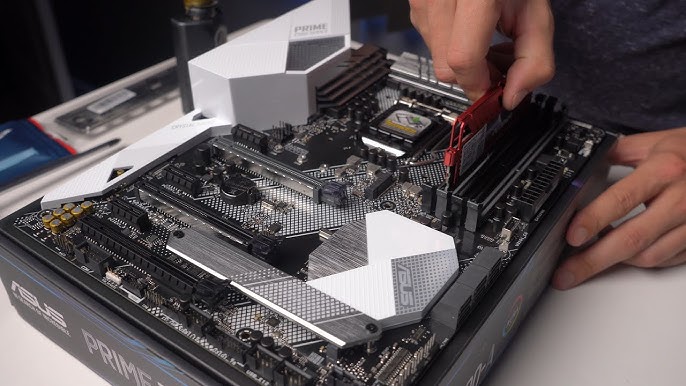
Look for the correct socket type and chipset. If uncertain, consult the motherboard and CPU manuals or visit the manufacturers’ websites for compatibility information. This ensures a hassle-free and effective hardware setup.
Driver Updates:
Regularly updating drivers is crucial for optimal device performance and security. Drivers act as a communication bridge between your hardware and operating system. To update drivers, visit the official website of your device’s manufacturer or use built-in tools like Windows Update.
Keeping drivers current resolves compatibility issues enhances system stability, and improves overall functionality. Remember to create backups before updating to prevent potential data loss and ensure a smooth updating process for users worldwide.
Windows Activation:
Windows activation is a vital step to ensure your operating system is genuine and fully functional. After installing Windows, activate it using a valid product key provided with your purchase. Access the activation settings in the system menu or control panel.
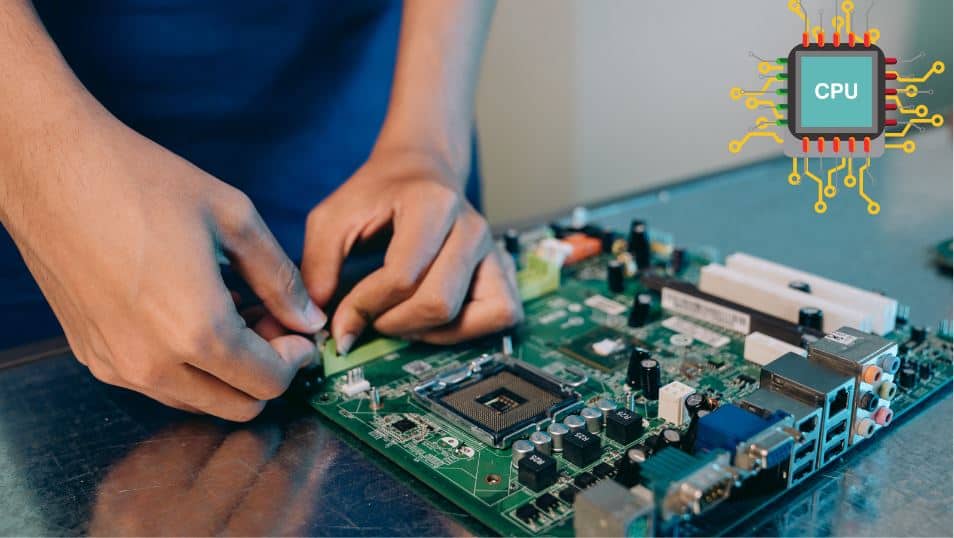
If you encounter issues, contact Microsoft support for every issue assistance. A properly activated Windows ensures you receive updates and security patches, enhancing your computer’s performance and protection worldwide.
Read: Can I Use 70 Alcohol To Clean CPU? – Ultimate Guide In 2024!
Motherboard And CPU Upgrades:
When upgrading your motherboard and CPU, reinstalling Windows is often recommended for optimal performance. The new hardware may have different drivers and configurations that could conflict with the existing installation.
Back up important data, then perform a clean Windows installation to ensure compatibility. This ensures a smooth transition and improved functionality for users worldwide, avoiding potential issues arising from hardware mismatches.
Oem Vs. Retail Licenses:
When switching CPUs, the need to reinstall Windows depends on your license type. OEM licenses are tied to the original hardware, often requiring reinstallation with significant hardware changes. Retail licenses, however, offer more flexibility, allowing easier activation on new hardware.
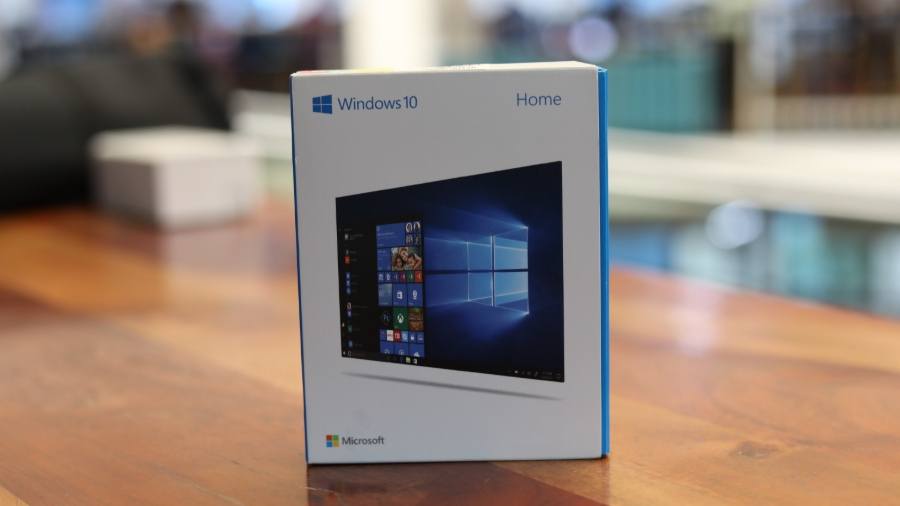
Always check your license type before upgrading to ensure a seamless transition. This knowledge ensures users worldwide can navigate licensing differences and make informed decisions when upgrading their CPUs.
Read: How To Heat Up CPU? – Let’s Explore – 2024
Backup Your Data:
Before installing a new CPU, it’s crucial to back up your data to prevent potential loss. Create copies of important files, documents, and settings using external drives or cloud services.
This precaution ensures that even if something goes wrong during the CPU installation or if a reinstall is needed, your valuable data remains safe.
Following this simple step helps users worldwide safeguard their information and have a worry-free experience when upgrading their CPUs.
Change my motherboard and CPU without reinstalling Windows?
Changing your motherboard and CPU without reinstalling Windows can be challenging, but it’s possible. Start by uninstalling current motherboard drivers.
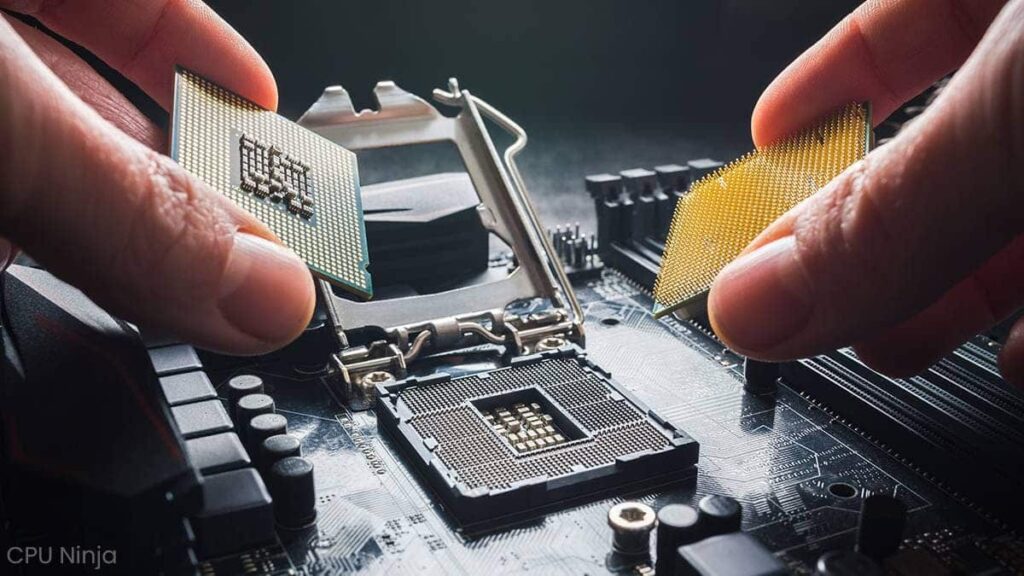
Power off your PC, replace the hardware and restart. Windows may detect new hardware and install generic drivers. Manually update drivers for the new components through Device Manager.
If issues persist, remove old drivers using third-party tools. Ensure your Windows activation is valid for hardware changes. While not always seamless, this method can work for some users worldwide. However, a clean Windows install is recommended for optimal performance and compatibility with the new hardware.
1. Checking Specifications:
Before swapping your motherboard and CPU without reinstalling Windows, check compatibility. Ensure the new components match the old ones same socket type, chipset, etc. Refer to manuals or websites for details. Back up data to avoid loss. After replacing, power off, install new parts, and restart.
Windows may auto-detect new hardware; and manually update drivers via Device Manager. This worldwide-friendly process ensures smoother transitions without a full Windows reinstall.
2. Disconnecting Parts:
Changing your motherboard and CPU without reinstalling Windows? Begin by disconnecting parts. Power off your PC and unplug the cables. Remove RAM, GPU, and other components. This step ensures a smooth transition, making it user-friendly worldwide.
3. Installing Motherboard and CPU:
Install motherboard and CPU: Fit components, secure in place, and connect. Simple steps for users worldwide to upgrade their systems without complications.
Understanding Windows licenses and hardware changes is crucial – Here’s a step-by-step guide:
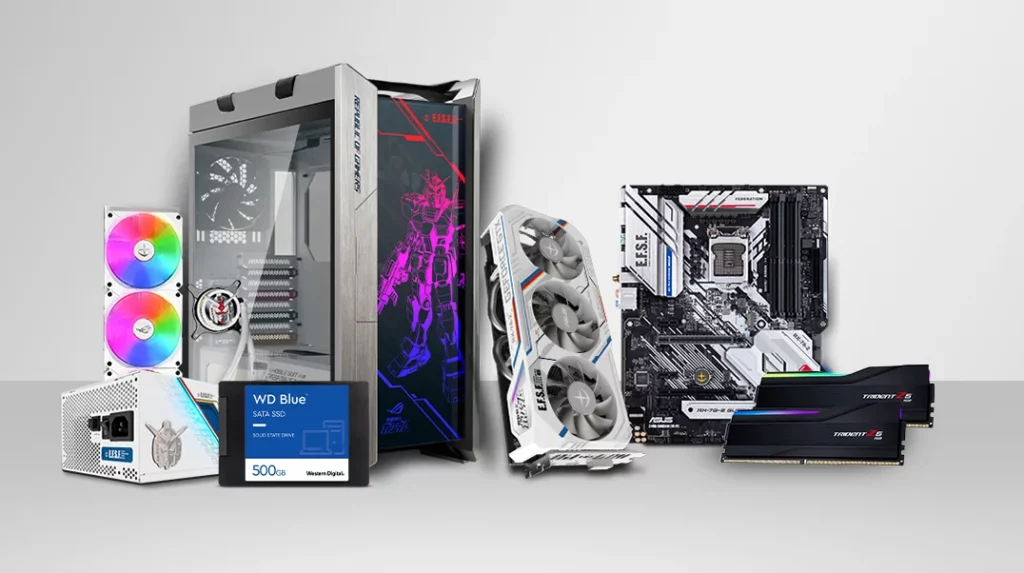
- Identify License Type: Determine if you have an OEM or Retail license. Retail licenses offer more flexibility.
- Check Activation Status: Ensure your Windows is activated. Go to Settings > Update & Security > Activation.
- Backup Your Data: Before any hardware changes, back up important files to prevent data loss.
- Hardware Upgrade: Replace your motherboard and CPU. Be cautious to avoid damage.
- Power On: Start your PC and check for any hardware-related issues.
- Update Drivers: If needed, manually update drivers through Device Manager.
- Activation Check: Verify Windows activation status after the upgrade.
Do I Need To Reinstall Windows With New Cpu?
No, you don’t have to reinstall Windows 10 when you change the motherboard and CPU. But experts suggest reinstalling to avoid any problems. You can try using your old Windows first and check if everything works fine before deciding to reinstall it.
Do I Have To Reinstall Windows With New Cpu?
Reinstalling Windows isn’t necessary when getting a new CPU, but it’s often recommended for best performance. However, you can try using your current Windows installation first and see if it works smoothly with the new CPU before deciding.
Do You Need To Reinstall Windows After Replacing Cpu?
No, you don’t need to reinstall Windows after changing the CPU, but it’s recommended to ensure everything works smoothly. Try using your existing Windows installation with the new CPU first, and if there are no issues, you may not need to reinstall.
Should I Reinstall Windows After Changing Cpu?
It’s not always necessary to reinstall Windows after changing the CPU. However, it’s recommended for optimal performance and compatibility. You can try using your current Windows installation with the new CPU first and reinstall if you encounter any issues.
If I Upgrade My Cpu Do I Need To Reinstall Windows?
When upgrading your CPU, reinstalling Windows isn’t always required but it’s often recommended. It helps ensure compatibility and optimal performance. You can try using your current Windows installation with the new CPU first and reinstall only if needed.
If I Get A New Cpu Do I Have To Reinstall Windows?
Getting a new CPU doesn’t always mean you have to reinstall Windows, but it’s usually a good idea. It can help make sure everything works smoothly with the new CPU and keeps your system running well.
Should You Reinstall Windows With A New Cpu:
Reinstalling Windows with a new CPU is often recommended for best performance. It helps ensure compatibility and stability. However, you can try using your existing Windows installation first and reinstall only if you encounter issues or want to start fresh.
If I Install A New Cpu Do I Have To Reinstall Windows?
You don’t usually need to reinstall Windows when changing your CPU. But you may need to reactivate it. If you have an OEM license (came with your device), you might need to buy a new license. If it’s a retail license, you can reactivate through the activation troubleshooter.
Should I Reinstall Windows After Cpu Upgrade?
No, reinstalling Windows after a CPU upgrade is not always necessary, but it’s often recommended for best results.
Frequently Asked Questions:
1. Do I need to reinstall Windows when upgrading my CPU?
It’s recommended to reinstall Windows for optimal performance after a CPU upgrade.
2. What happens if I don’t reinstall Windows with a new CPU?
Without reinstalling, your system may encounter compatibility issues or performance hiccups.
3. Can I avoid reinstalling Windows when changing my CPU?
While possible, a clean install is recommended for stability and compatibility.
4. Will my data be lost if I reinstall Windows with a new CPU?
Backing up data before reinstalling prevents any potential loss.
5. How do I reinstall Windows after a CPU upgrade?
Use a Windows installation media, follow the prompts, and choose the “Custom” installation option.
6. Can I use my existing Windows license after a CPU change?
Yes, but check the license terms. Retail licenses offer more flexibility than OEM licenses.
7. Do I need to update drivers after a CPU upgrade?
Yes, manually update drivers, especially for the new CPU, to ensure optimal performance.
8. What if I face activation issues after changing my CPU?
Contact Microsoft support for assistance with activation issues.
Conclusion:
Reinstalling Windows after a new CPU installation is recommended for optimal compatibility and performance. While it might seem like an extra step, it ensures a smooth transition, preventing potential issues and allowing users to fully leverage the capabilities of their upgraded hardware.

